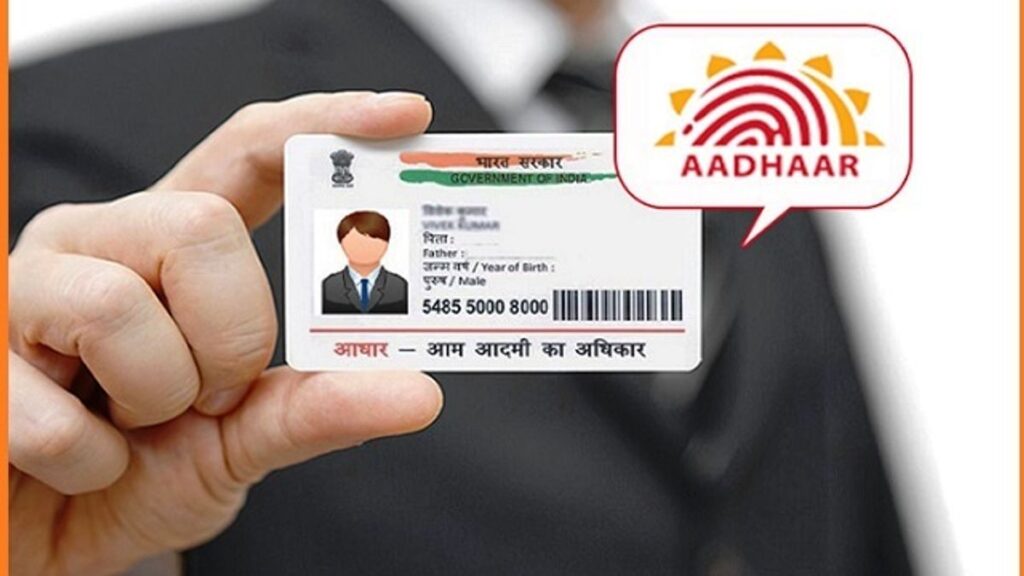
In a recent development, the Indian government has introduced a new functionality to view the Aadhaar authentication status. The following advisory aims to provide an overview of this new feature and its implications for individuals and organizations. Understanding the Aadhaar authentication status can play a crucial role in various scenarios, such as availing government services, verifying identity, and preventing fraudulent activities. Let’s delve into the details and explore the significance of this new functionality.
The Office of the Principal Additional Director General of Systems & Data Management recently issued Registration Advisory no. 23/2023 on May 15, 2023. This advisory highlight the introduction of a new functionality that allows individuals and organizations to view the Aadhaar authentication status. It also provides the ability to view and download e-KYC (Electronic Know Your Customer) documents for new registration applications. Additionally, the functionality enables the uploading of e-KYC documents in the PV (Physical Verification) report. This article aims to shed light on the key aspects of this new functionality and its implications for applicants and tax officers.
According to section 25 of the CGST Act, 2017, the Goods and Services Tax Network (GSTN) has mandated Aadhaar authentication for all Constitutions of Business (COB), such as proprietorships, partnerships, and limited companies, during the new registration process. Exceptions to this requirement include Government Departments, Public Sector Undertakings, Local Authorities, and Statutory Bodies. Applicants for new registration must complete Aadhaar authentication for at least one key person among the proprietors, partners, or promoters, as well as the primary authorized signatory. If these roles are held by different individuals, both need to successfully authenticate their Aadhaar details on the GST portal. However, if a proprietor/partner/promoter is also the primary authorized signatory, the Aadhaar authentication of a single person is sufficient. Additionally, applicants can upload e-KYC documents as an alternative means of identification when Aadhaar authentication is unsuccessful or not feasible.
These recent changes have been integrated into the CBIC-ACES-GST application and are now deployed to production. As a result, CPC officers and tax officers involved in initiating or submitting the PV report can access the Aadhaar authentication status of applicants. This information is available in the ‘Partners Details’ and ‘Signatory’ tabs of the new registration application. Furthermore, tax officers can view and download the e-KYC documents submitted by the applicants in the REG-01 form after the application has been approved and jurisdiction has been assigned. CPC officers can raise e-KYC related queries under the new ‘E-KYC Documents’ section in the ‘Authorised Signatory’ and ‘Promoters/Partners’ tabs.
In addition to the aforementioned features, a new optional functionality has been introduced in the ‘Document’ tab of form REG-30 (PV report). This functionality allows PV officers to upload multiple e-KYC documents of proprietors, partners, promoters, and the primary authorized signatory in jpeg, .jpg, and .pdf formats. Each document can be up to 1 MB in size. PV officers can select the relevant individual under the ‘Partner/Signatory’ column and the specific type of e-KYC document to be uploaded under the ‘E-KYC Document’ column. If there are multiple partners/promoters, PV officers can select the person’s name from the drop-down menu and upload the corresponding e-KYC document by clicking ‘Choose file’ in the ‘Document’ column. Once all four columns are completed, the officer must click the ‘Add’ button to include the record in the PV report. It’s important to note that no changes can be made once the PV report has been submitted.
Conclusion: The new functionality for viewing Aadhaar authentication status and managing e-KYC documents brings greater transparency and efficiency to the new registration process. By ensuring the authentication of Aadhaar details and providing an alternative means of identification, the government aims to enhance security and streamline access to government services. The integration of these features
View the PDF: https://ascendtax.in/wp-content/uploads/2023/05/GST-Registration-Advisory-15_05_2023.pdf